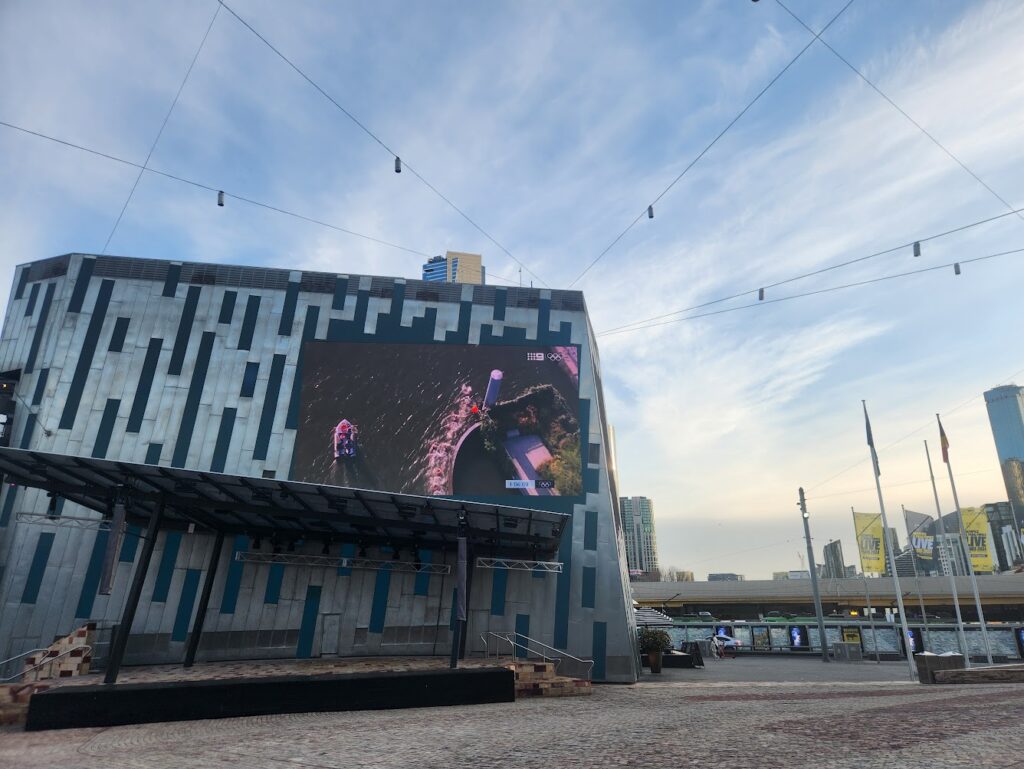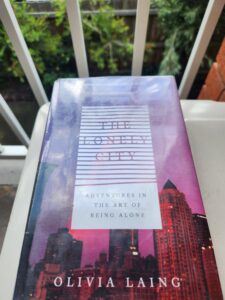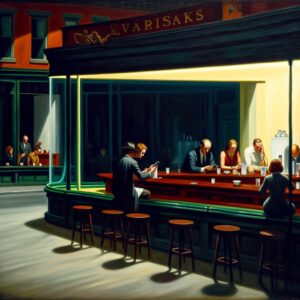Living in a Lonely City

We moved to Melbourne to be closer to family. My Dad wasn’t looking after himself and we wanted to be closer to my partner’s parents as they got older. We moved in January 2020 and anyone in a 50 kilometre radius of me knows what that means.

Reading Olivia Laing’s The Lonely City in 2024 has been strangely comforting. Written in a time before many of the world’s cities went into intentional isolation, the book deals with the difficult relationship between art and loneliness. Each chapter focuses on a different creative person, for which living in one of the world’s largest and dynamic city offered little in the way of alleviating the loneliness felt by being an outsider.
Much like the artists in New York that Laing profiles, I too have felt loneliness in a city coming back to life. Although I’m unlike many of the people in the book, the familiar feeling of otherness, or as Laing describes it, a “wrongness,” was certainly recognisable. Reflecting on my own experience of living in a city of five million people for the last four years, I realize that I am lonely. While I’ve created what Laing calls a “mental map” of the city, with places like my favourite noodle shop or the book collection section of the local library, many of these memories are tied to experiences I’ve had alone. Perhaps it’s because many of my first memories of the city were formed during lockdowns, but now that the period of forced isolation is over, the loneliness remains.
Huge effort has gone into the research of The Lonely City and some of it quite shocking. Lonely people live shorter lives, their bodies constantly in a state of flight or fight stress. However, perhaps this from John Cacioppo from the University of Chicago hit me the hardest.
Loneliness profoundly affects an individual’s ability to understand and interpret social interactions, initiating a devasting chain reaction, the consequences of which is to further estrange themselves from their fellows.

You can see this inability to understand each other in online communities, internet forums and the comment section of many articles. However, it’s something I’ve noticed in my own life too. Mobile phones allow us to screen interactions with people, and social media to engage with people when we choose to but as we know from various studies, we’re more lonely than ever.
Each chapter of The Lonely City deals with a different artist and their relationship with loneliness. David Wojnarowicz and his use of a Rimbaud rebus, Henry Darger and his hidden apocalypse in a Chicago apartment, Nomi’s sad isolation after getting sick, in a city unsure and weary of what was happening.
I don’t exactly remember how this book came into my life. It could have been a recommendation from a friend, or maybe it was an article. I don’t recall. But this book came to me at an important time. In some ways, it’s a call to action, a kick in the butt to make art. But also it’s been a real solace to engage with writing again. Through the practice of doing it more regularly and sharing a space with our online writing group. Reading about Laing’s experience of feeling adrift in a new city ultimately made me feel less alone.
This is a Literary Cities piece, part of a series where writers reflect on the places and experiences that have inspired them.


♥️♥️♥️
Great piece Geoff. Thanks for sharing this book and your response to it. I’m getting my own copy soon. Thanks, also for alerting me to the Literary Cities blog! It’s fantastic! I hope I can add to it in future.